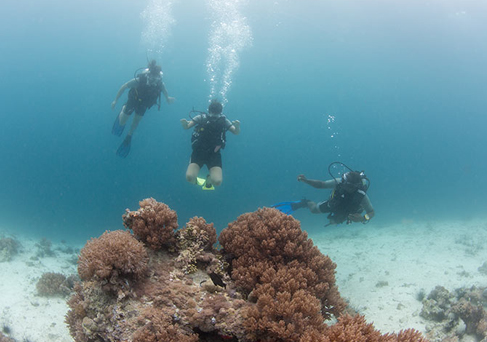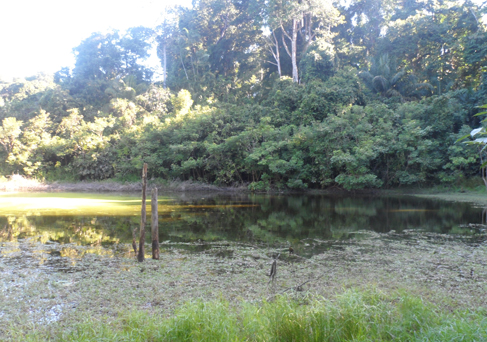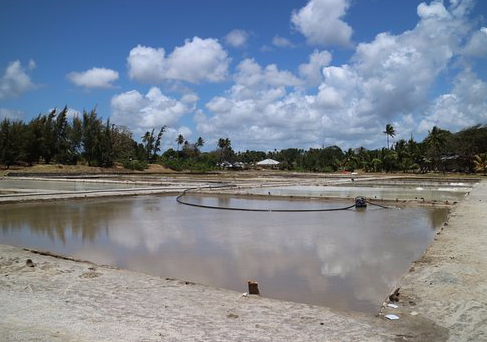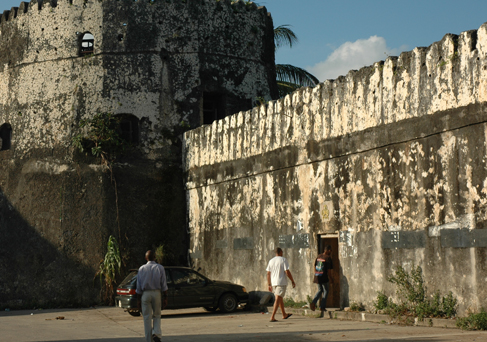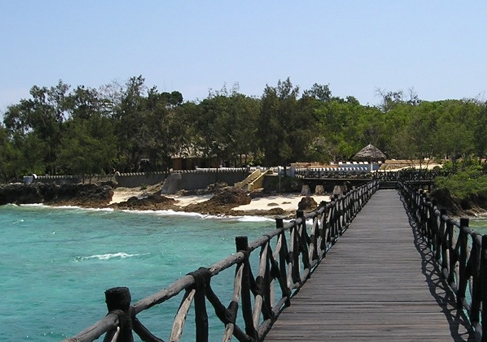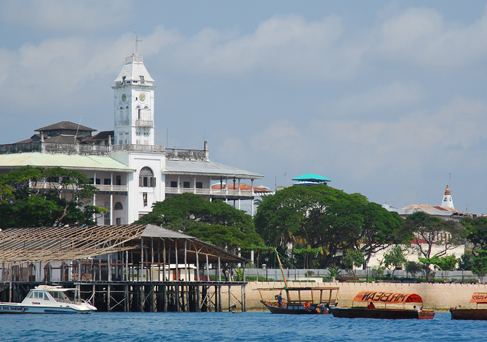Unguja is the largest and most populated island of the Zanzibar archipelago, in Tanzania.
Unguja is a hilly island, about 85 kilometres long, from North to South and 30 kilometres wide, East to West, with an overall area of about 1,666 square kilometres. It is located in the Southern half of the Zanzibar Archipelago, in the Indian Ocean, about 59 kilometres South of the second-largest island of the archipelago, Pemba. Unguja and mainland Tanzania are separated by the Zanzibar Channel.
Unguja is surrounded by a number of smaller islands and islets, with only two of them, Tumbatu and Uzi, being inhabited. Other minor islands around Unguja include Bawe, Chapwani, Changuu, Chumbe, Kizingo, Kwale, Latham, Mautani, Miwi, Mnemba, Mwana wa Mwana, Nianembe, Popo, Pungume, and Ukanga.
Unguja is the only island of the Zanzibar Archipelago that has the most developed tourism industry. This accounts for a substantial part of Unguja’s economy. Agriculture (including the production of spices such as cloves) and fishing are other relevant activities. All along the east coast, most villages rely on seaweed farming.


